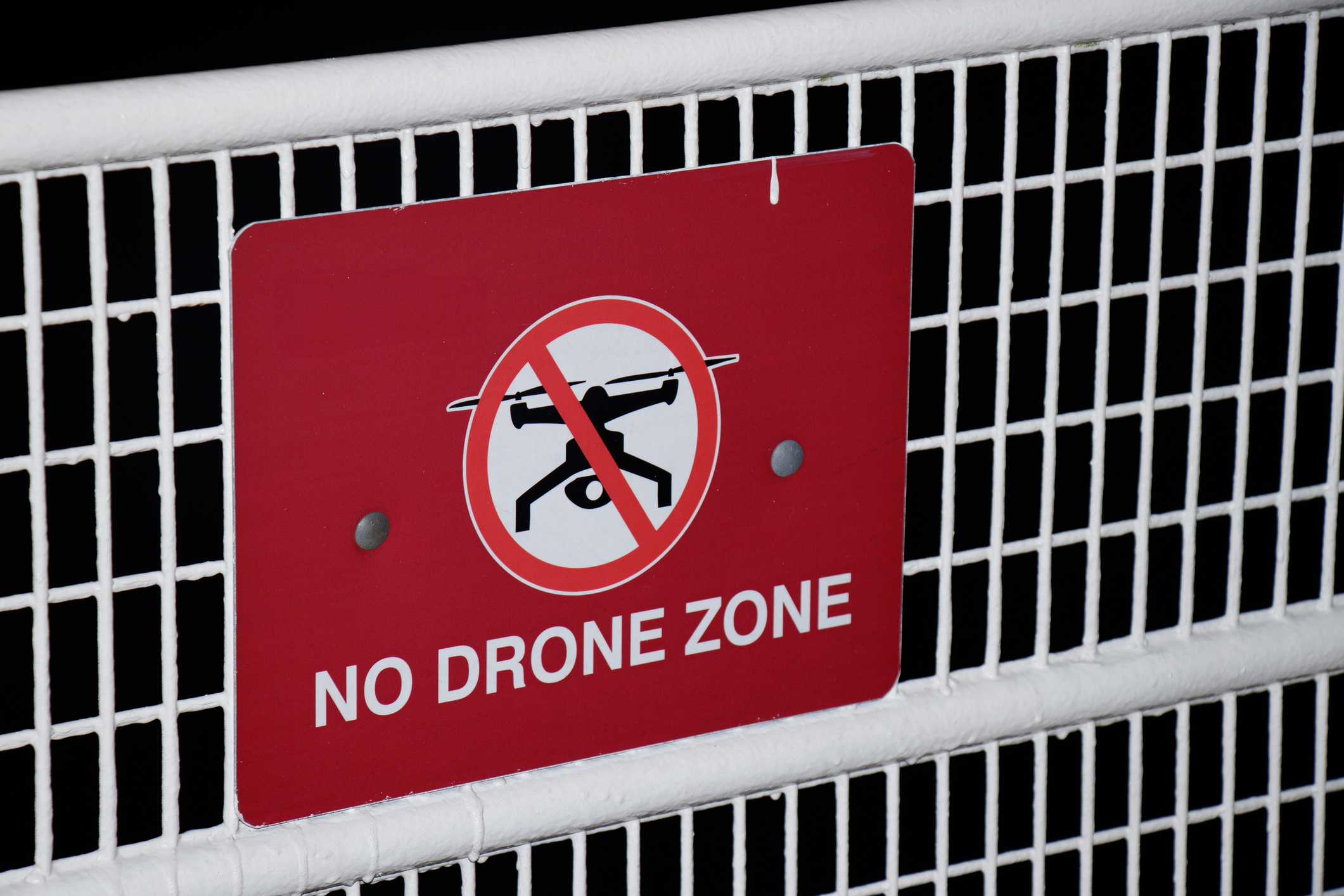TRENTON, NJ — Those drones over New Jersey pose no public threat, but the FAA has issued a major drone ban over major cities across the state through mid-January.
The Federal Aviation Administration (FAA) announced Thursday the implementation of 22 temporary flight restrictions (TFRs) across New Jersey, prohibiting drone flights over critical infrastructure sites through January 17. The action, taken at the request of federal security agencies, follows recent drone sightings that federal officials continue to monitor.
The ban does not include the Jersey Shore where multiple reports of offshore drone incursions have been reported by law enforcement.
There is no risk, however, to the public, as the FAA and FBI maintain. New Jersey Governor Phil Murphy has called for New Jersey residents to ‘calm down’
The restrictions cover locations in New Jersey, including Hamilton, Bridgewater, Cedar Grove, North Brunswick, and Jersey City. A Department of Homeland Security spokesperson said the measure was enacted “out of an abundance of caution” but emphasized that the reported drone activity poses no public safety or national security threat.
“We continue to assess there is no public safety threat relating to the reported drone sightings,” the spokesperson said, noting that the FAA worked with federal and infrastructure partners to implement the restrictions. The restrictions prohibit uncrewed aircraft systems from operating within a nautical mile of designated airspace and up to 400 feet above ground.
Following New Jersey’s lead, New York Gov. Kathy Hochul announced Thursday night that similar temporary restrictions will be applied in New York until January 18. Areas impacted include LaGuardia Airport, Brooklyn, Queens, the Bronx, and Long Island. Hochul confirmed that the measure is “purely precautionary” and that “there are no threats to these sites.”
The FAA and federal partners continue to investigate the surge in drone activity while emphasizing the importance of safeguarding critical infrastructure and controlled airspace.
Federal agencies are responding to a surge in reported drone sightings across the northeastern United States, with more than 5,000 tips received by the FBI in recent weeks and approximately 100 leads under investigation. Officials have deployed advanced detection technology and trained observers to assist state and local authorities in identifying the source and nature of the reports.
In a joint statement, the FBI, Department of Homeland Security, Federal Aviation Administration, and Department of Defense confirmed that most sightings likely involve lawful commercial drones, hobbyist drones, and law enforcement drones. Some cases have also been attributed to manned aircraft and natural phenomena such as stars. “We have not identified anything anomalous and have not assessed the activity to date to present a national security or public safety risk,” the agencies said.
The reports have led to heightened concerns in communities and prompted the FAA to impose temporary flight restrictions over critical infrastructure in New Jersey and New York. Federal officials have stressed that the restrictions are precautionary and aim to secure sensitive sites while investigations continue.
Authorities also confirmed sightings of drones near military facilities in New Jersey and other areas, including restricted airspace. The Department of Defense stated it takes unauthorized drone activity over its installations seriously and is actively coordinating with law enforcement partners to address the issue.
Federal agencies are urging Congress to enact counter-UAS (unmanned aircraft systems) legislation that would expand existing authorities to address evolving drone technologies and potential threats. Officials said such measures would enhance the government’s ability to detect and mitigate risks in the future.

